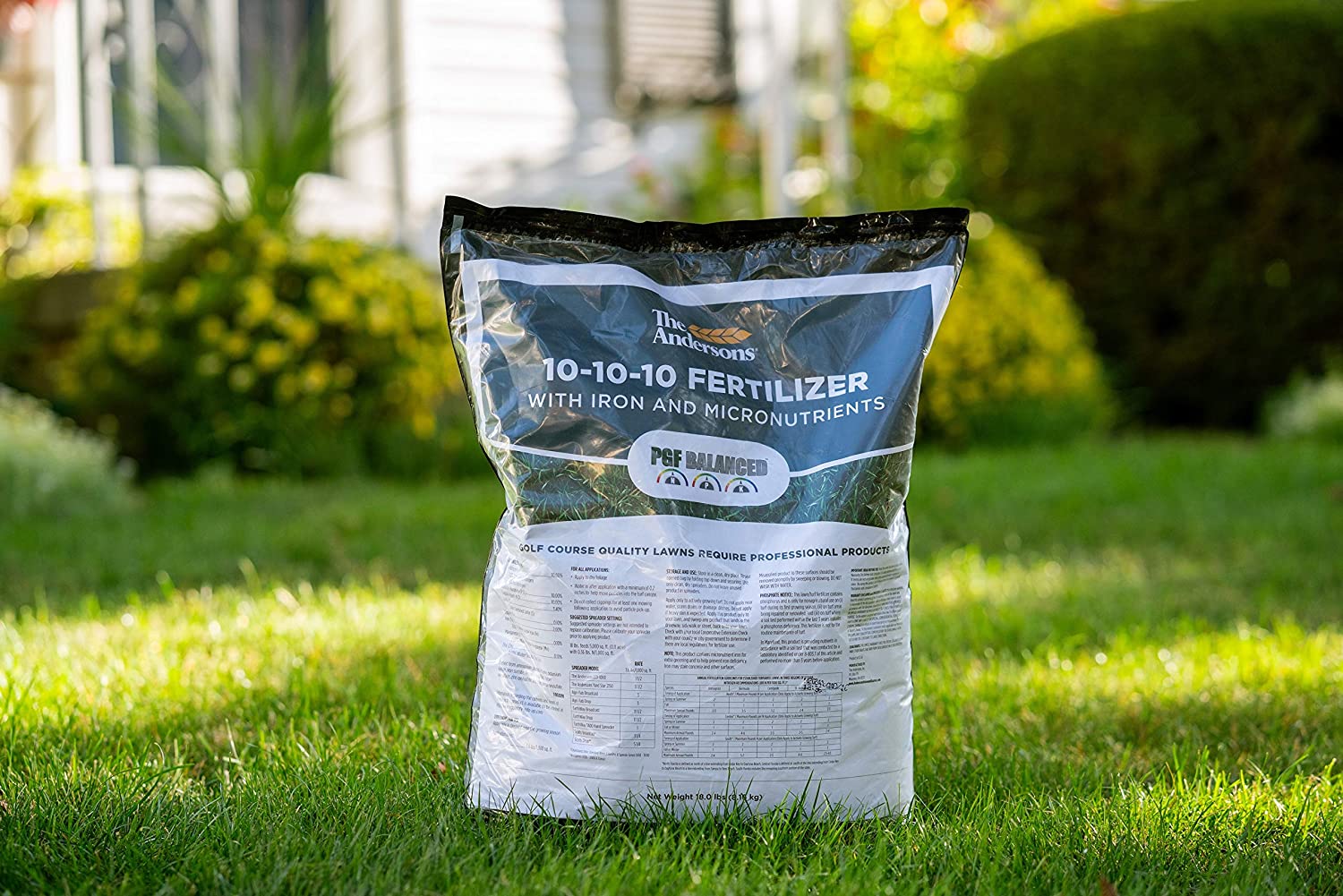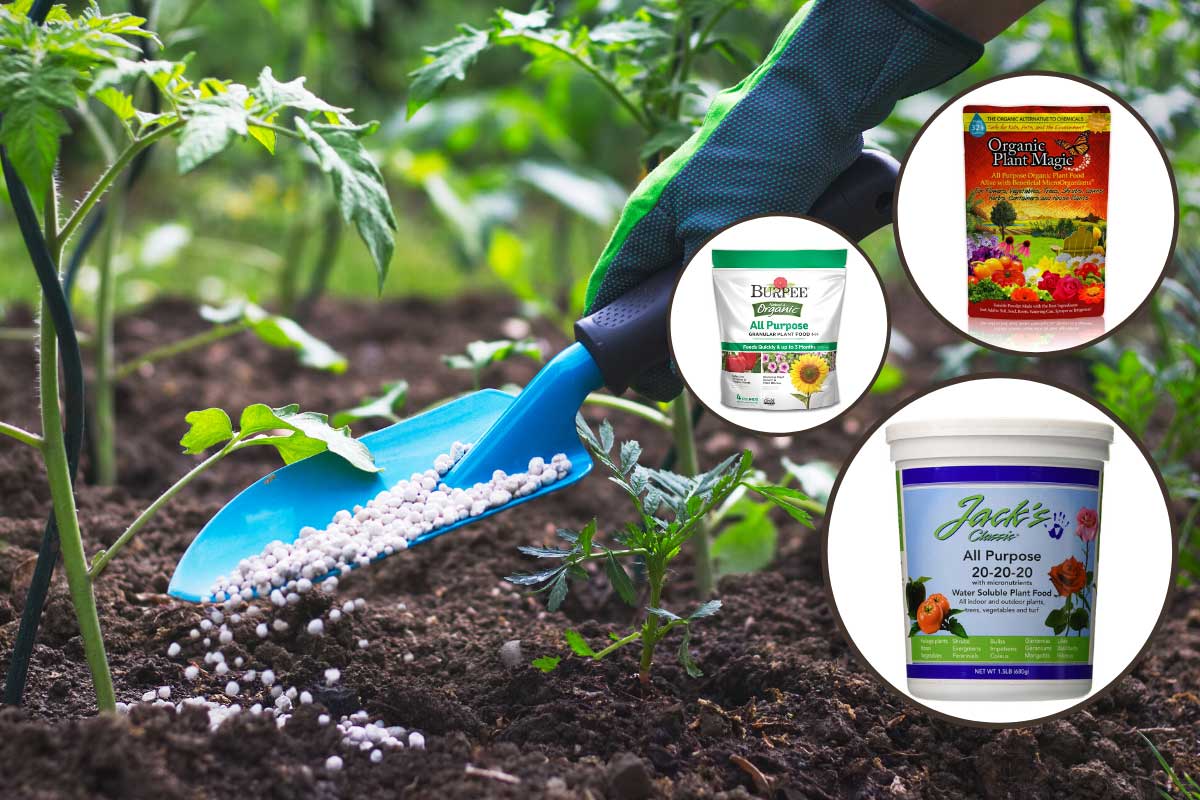Introduction:
In the world of gardening, providing your plants with the right nutrients is crucial for optimal growth, yield, and overall health. One of the best ways to ensure your plants receive a balanced diet is to use a 10-10-10 fertilizer. As the numbers suggest, this fertilizer contains 10% nitrogen, 10% phosphorous, and 10% potassium, three essential elements for plant development. Understanding how to make 10-10-10 fertilizer at home will not only save you money but also empower you with the knowledge of exactly what your plants are getting. In this comprehensive guide, we will delve into the process of making 10-10-10 fertilizer, exploring its benefits, providing step-by-step instructions, and discussing safety precautions to ensure a successful and safe experience.

Image: www.plantssparkjoy.com
Understanding 10-10-10 Fertilizer:
Nitrogen (N), phosphorus (P), and potassium (K) are considered the macronutrients for plants, as they are required in larger quantities than other nutrients. Nitrogen plays a vital role in the production of chlorophyll, promoting lush green growth. Phosphorus is essential for root development, seed production, and overall vigor. Potassium aids in water uptake, disease resistance, and fruit quality. A 10-10-10 fertilizer provides an equal balance of these three nutrients, making it suitable for various plant types and growth stages.
Homemade 10-10-10 fertilizer is not only cost-effective but also allows you to avoid synthetic chemicals and additives commonly found in commercial products. By understanding the process of making it yourself, you gain control over the ingredients and the nutrient ratio, ensuring your plants receive the nourishment they need.
Step-by-Step Instructions for Making 10-10-10 Fertilizer:
Materials You’ll Need:
• Alfalfa meal (nitrogen source)
• Bone meal (phosphorus source)
• Greensand (potassium source)
• Peat moss or compost (optional, for bulking)
Steps:
-
Measure and combine equal parts by volume of alfalfa meal, bone meal, and greensand. For example, if you want to make 10 pounds of fertilizer, use 3.3 pounds of each ingredient.
-
Mix the ingredients thoroughly in a large bucket or container.
-
If desired, add peat moss or compost to the mixture to increase its bulk. This is particularly useful if you want to make a larger batch of fertilizer and store it for later use.
-
Store the fertilizer in a dry, covered container until you’re ready to use it.
Using Homemade 10-10-10 Fertilizer:
Now that you have successfully made your own 10-10-10 fertilizer, let’s explore how to use it in your garden:
-
Broadcasting: Spread the fertilizer evenly over the soil around your plants, ensuring it reaches the root zone. Water it thoroughly after application.
-
Side Dressing: Create a shallow trench along the side of your plants and sprinkle the fertilizer into it. Cover the trench with soil and water.
-
Adding to Compost: Mix the fertilizer into your compost pile to enrich it with additional nutrients.
-
General Guidelines: For most plants, a general application rate of 1 pound of 10-10-10 fertilizer per 100 square feet of garden space is recommended. Always follow the specific instructions on the fertilizer container and adjust the amount based on the nutrient needs of your plants.
-
Repeat applications: Depending on your soil conditions and the specific plants you are growing, you may need to re-apply the fertilizer every 4-6 weeks throughout the growing season.

Image: www.vladatk.gov.ba
Benefits of Using Homemade 10-10-10 Fertilizer:
• Cost-effective: Making your own fertilizer is significantly cheaper than purchasing commercial products.
• Customizable: You have complete control over the ingredients and nutrient ratio, allowing you to tailor the fertilizer to your specific needs.
• Organic and Sustainable: Homemade 10-10-10 fertilizer is natural, organic, and free from synthetic chemicals. It promotes sustainable gardening practices that nourish the soil and benefit the environment.
• Enhanced Plant Growth: By providing a balanced supply of essential nutrients, this fertilizer supports healthy plant growth, promotes abundant blooms, and increases fruit and vegetable yields.
Safety Precautions:
• Always wear gloves and a mask when handling fertilizers to avoid skin or respiratory irritation.
• Keep fertilizers out of reach of children and pets.
• Store fertilizers in a cool, dry place to prevent nutrient loss and contamination.
• If ingested, do not induce vomiting and seek medical attention immediately.
How To Make 10 10 10 Fertilizer
Conclusion:
Making your own 10-10-10 fertilizer is not only a rewarding experience but also a valuable way to nourish your garden organically and sustainably. By following the steps outlined in this comprehensive guide, you can create a high-quality fertilizer that will meet the nutritional needs of your plants and promote their overall health and productivity. Remember to always handle fertilizers safely and adjust the application rates based on the specific requirements of your garden. Embrace the power of homemade fertilization and witness the transformative results in your thriving garden.






